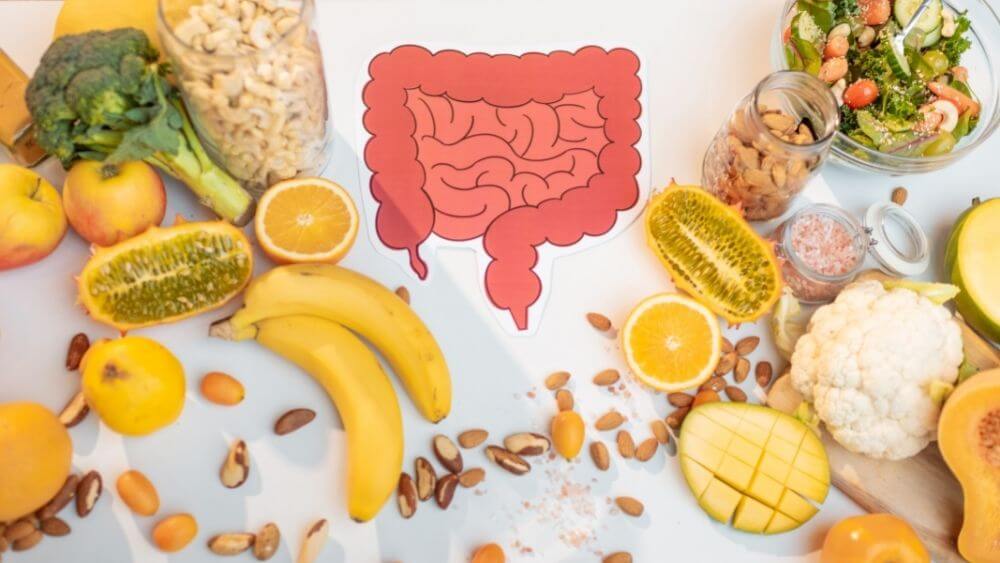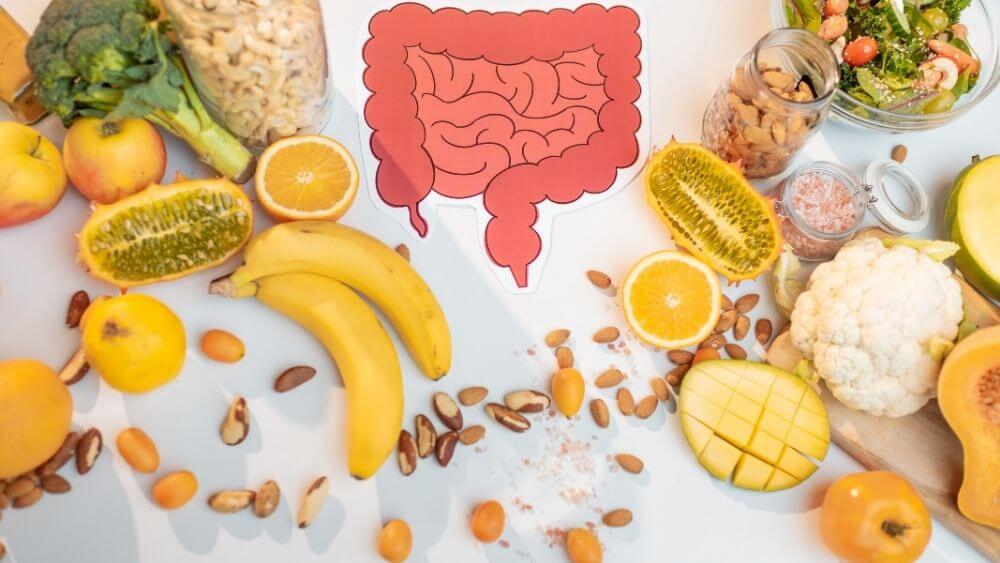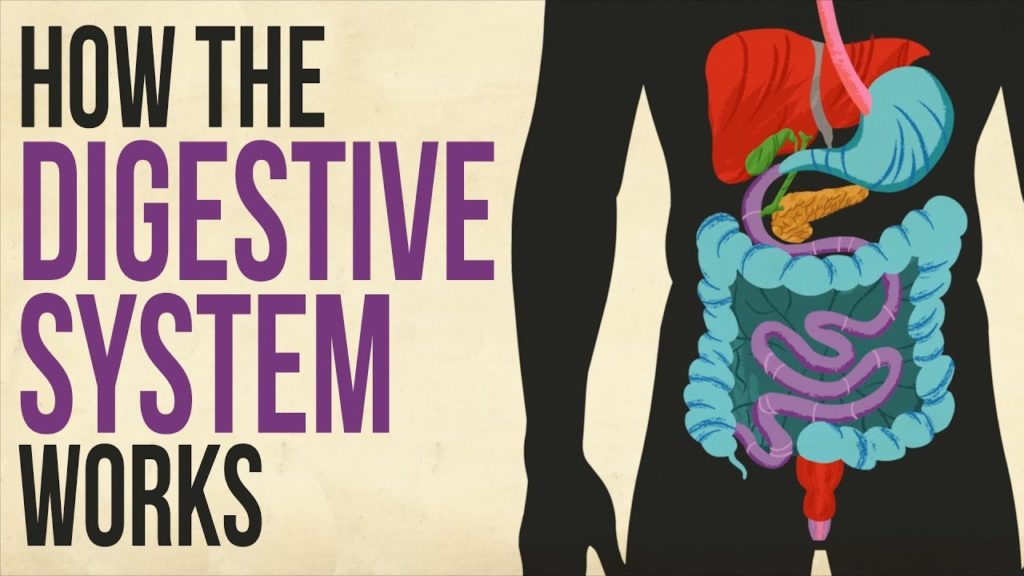What happens to the food I eat?

Food is a basic requirement for a human being to survive. But have you ever thought about what happens to the food we eat, inside our body? What are the steps for the digestion of food? Why does our food need to be digested? Let us learn about it all today.
Human beings are gifted with a complex system called the digestive system within their body. This system is responsible for the digestion of food or for the breakdown of food into small molecules that can be absorbed by our body for obtaining energy and several other uses.
We need food for many reasons. Food is the basic source of important nutrients and minerals in our body.
Contents
The four basic steps of food digestion
- Ingestion.
- Mechanical and chemical breakdown or Digestion.
- Nutrient absorption or Absorption.
- Elimination of indigestible food or Egestion.
1. Ingestion
- This process happens only in the mouth.
- The food we consume is broken down and mixed with saliva in the mouth.
- Saliva helps as a lubricant for chewing and making the food slippery so that it can travel easily down our throat.
- The process of chewing food is known as mastication.
- In the mouth, food is turned into a bolus or a ball-like mixture of broken-down food and saliva.
2. Mechanical and chemical breakdown of food/Digestion
- The food from the mouth moves into the stomach through the food pipe, also known as the oesophagus.
- The food is moved by the contraction of muscles in the throat. This movement is called the peristalsis of the food pipe or oesophagus.
- The stomach wall is lined with specialized cells which are able to secrete different chemicals which eventually break down the food and digest it.
- In the stomach, the big particles are converted into even small molecules that can be absorbed by our body.
3. Nutrient absorption/Absorption
- Broken down food is transported to the small intestine from the stomach.
- In the small intestine, important nutrients are absorbed by the villi.
- Villi are finger-like projections on the intestinal wall which helps in the absorption of essential nutrients from the digested food.
- The nutrients absorbed in the small intestine are then transported to the liver through the hepatic portal vein.
4. Elimination of indigestible food/Egestion
- From the small intestine, food is passed on to the large intestine. Till the end of the large intestine, all the essential nutrients and water has been absorbed by the body. The remaining portion of food is indigestible. This food is accumulated in the rectum. From there it sends a signal to the brain which allows its removal from the body through the anus.
Fun Facts
- Our small intestine is much bigger than the large intestine. The small intestine is about 22-23 feet long whereas the large intestine is only 5 feet long.
- An average person produces about 2 pints of saliva every day.
- The wall of the stomach has the ability to stretch which provides an extended area for the food.
Related questions
Some related questions to this topic.
- Explain the digestive system.
- What is the function of the lining of the stomach?
- What is oesophagal peristalsis?
True Or False
- Food is not at all an important factor for a living human being.
- Chewing is also known as mastication.
- There is no special system in the human body for digestion.
- Saliva is produced in the stomach.
- The small intestine is responsible for chewing food.
Objective Quiz
- _________ helps in lubrication of food in mouth.
- Saliva.
- Water.
- Bile.
- CSF.
- ___________ is the movement of food pipe in order to facilitate the movement of food to the stomach.
- Peristalsis.
- Peritalic.
- Prestalsiis.
- None of the above.
- Food pipe is also known as __________.
- Esophagus.
- Small intestine.
- Large intestine.
- Stomach.
- Food is boken down in the ___________.
- Stomach.
- Large intestine.
- Lungs
- Rectum.
- The undigested food is accumulated in __________.
- Rectum.
- Small intestine.
- Stomach.
- Mouth.






Responses